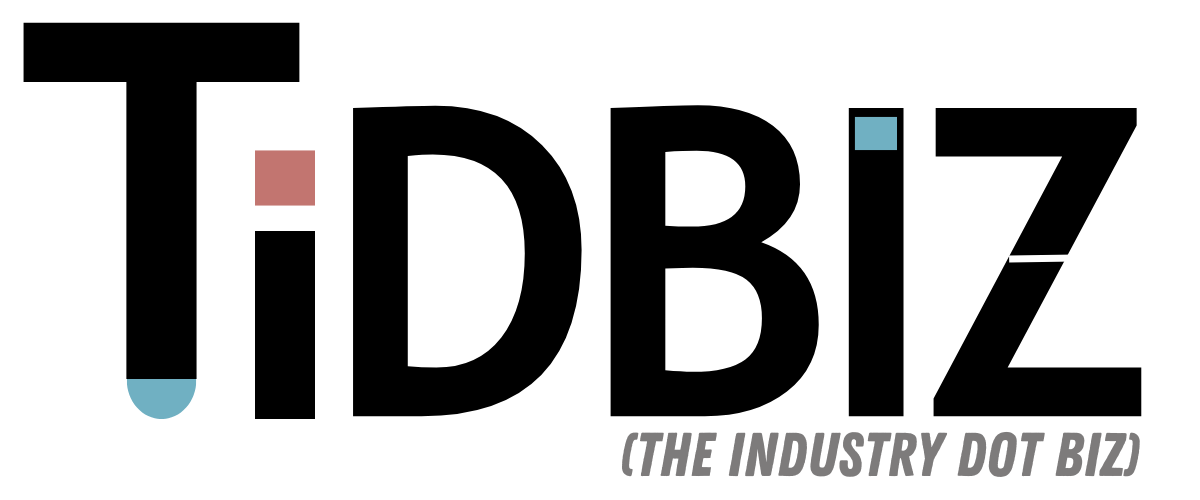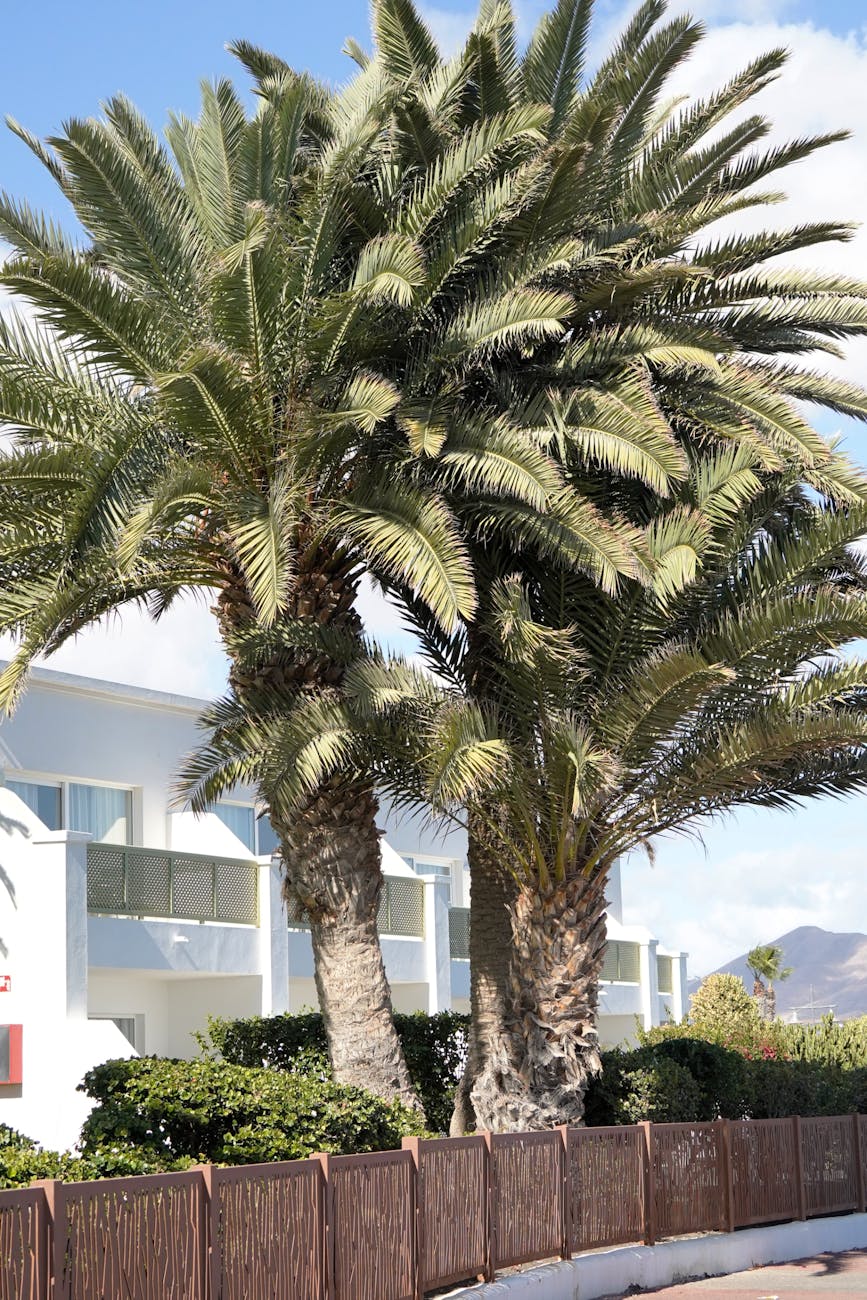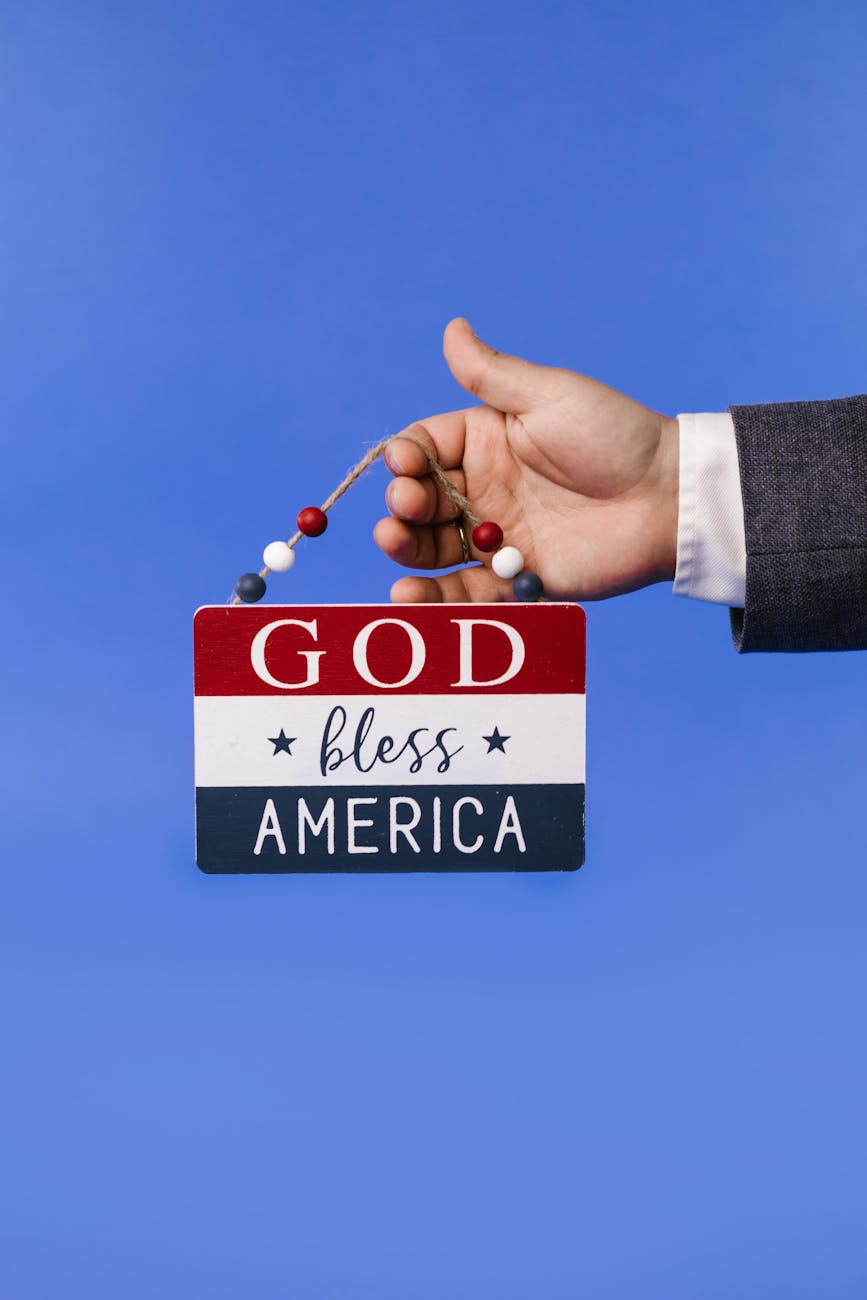Increased Security Funding Following Shooting Inciden
t
In the aftermath of a shocking shooting incident involving prominent political figure Charlie Kirk, the White House has taken decisive action. They are requesting $58 million to bolster security for both the executive and judicial branches of the government. This move comes as a direct response to rising safety concerns among lawmakers and officials in Washington, D.C.
The Context Behind the Reques
t
The shooting of Kirk has rattled the political landscape, igniting fears about the safety of public officials. With tensions rising and political polarization at an all-time high, the White House’s request reflects a growing recognition that safety protocols must be strengthened. The proposed funding aims to enhance protective measures for those in power, ensuring they can perform their duties without the looming threat of violence.
How the Funds Will Be Utilize
d
The $58 million earmarked for security improvements will likely be allocated for various initiatives. This includes hiring additional security personnel, upgrading surveillance systems, and implementing advanced protective technologies. The focus is on creating a safer environment for officials who are often in the public eye and at risk of targeted attacks. The need for these enhancements is underscored by the fact that political figures are increasingly facing threats and harassment, both online and offline.
The Bigger Picture of Political Violenc
e
This request for increased funding is not just about one incident; it’s part of a broader trend. Political violence has become alarmingly commonplace, with many officials expressing their fears about safety while carrying out their public responsibilities. This climate of fear is detrimental, hindering open dialogue and stifling political engagement. By investing in security, the White House aims to counteract this trend and restore a sense of safety and normalcy in government operations.
Public Reaction and Implication
s
The public reaction to the shooting and the subsequent funding request has been mixed. While many support the need for enhanced security, others question whether such measures are a necessary response or an overreach. There are concerns about the implications for civil liberties and the potential for increased militarization of public spaces. As the request moves through the legislative process, it will be scrutinized closely by both supporters and critics alike.
Question
s
What specific safety measures do you think should be prioritized with this funding?
How can public officials balance security needs with maintaining public accessibility?
What are the long-term implications of increased security measures on political engagement?




